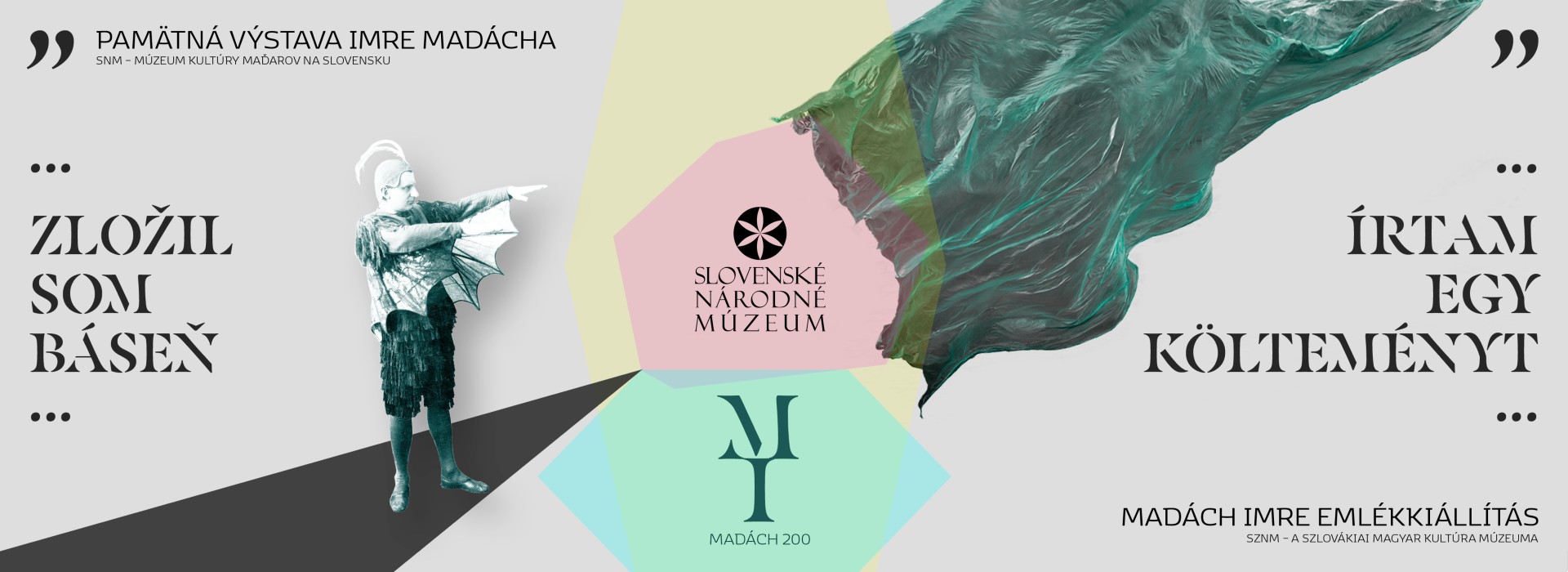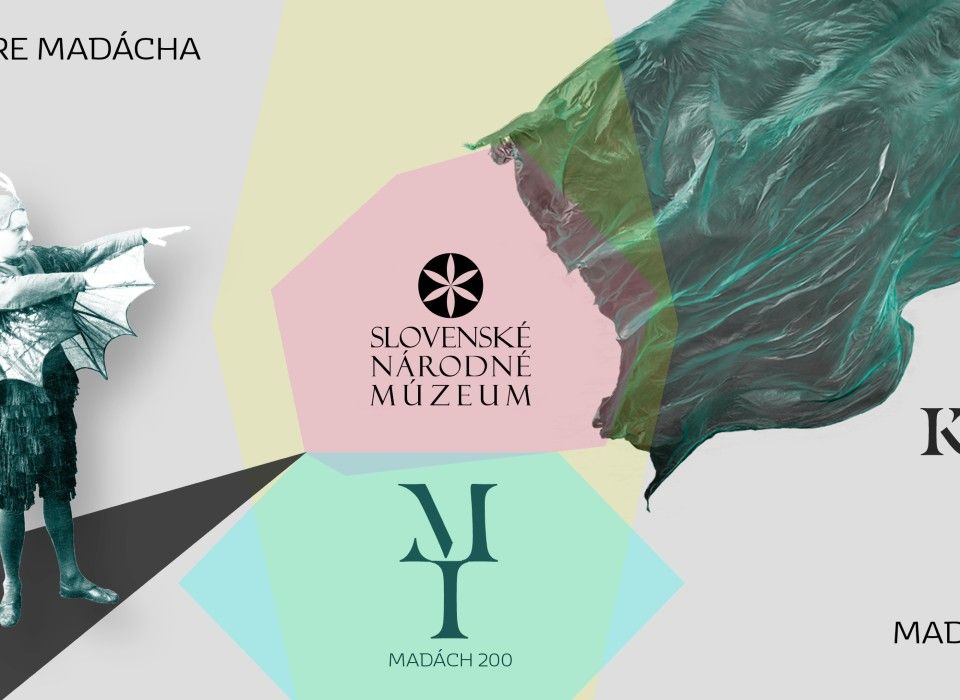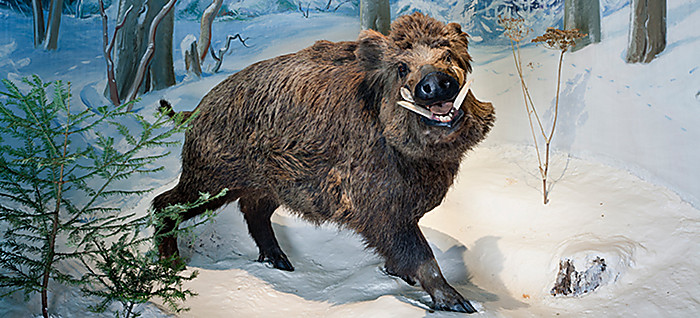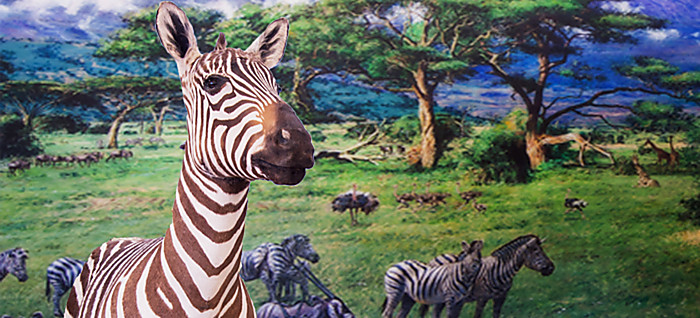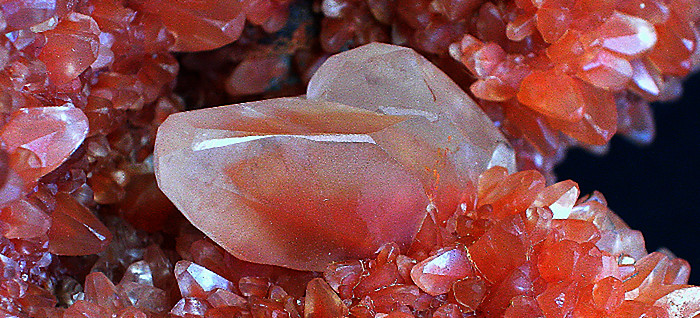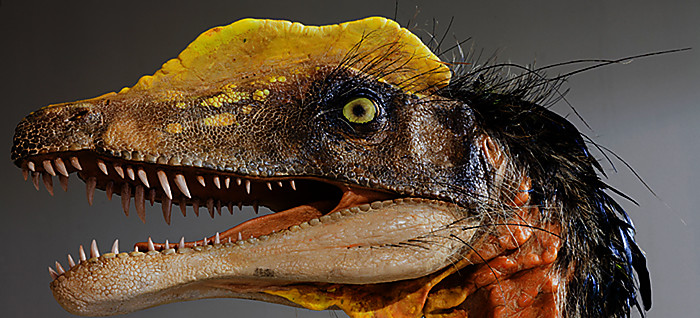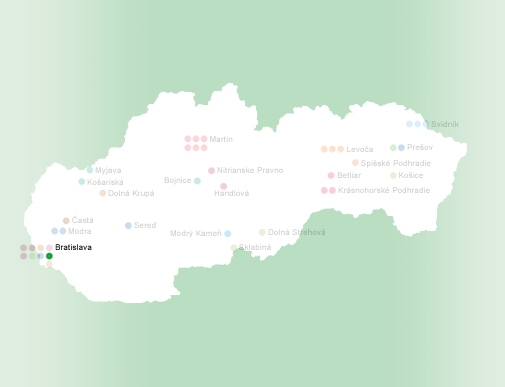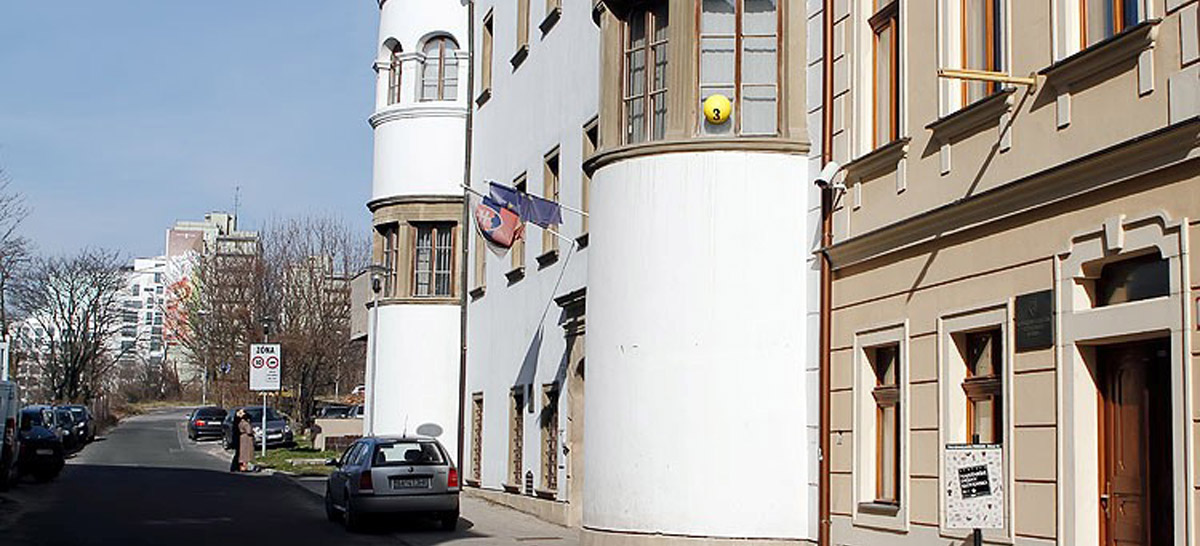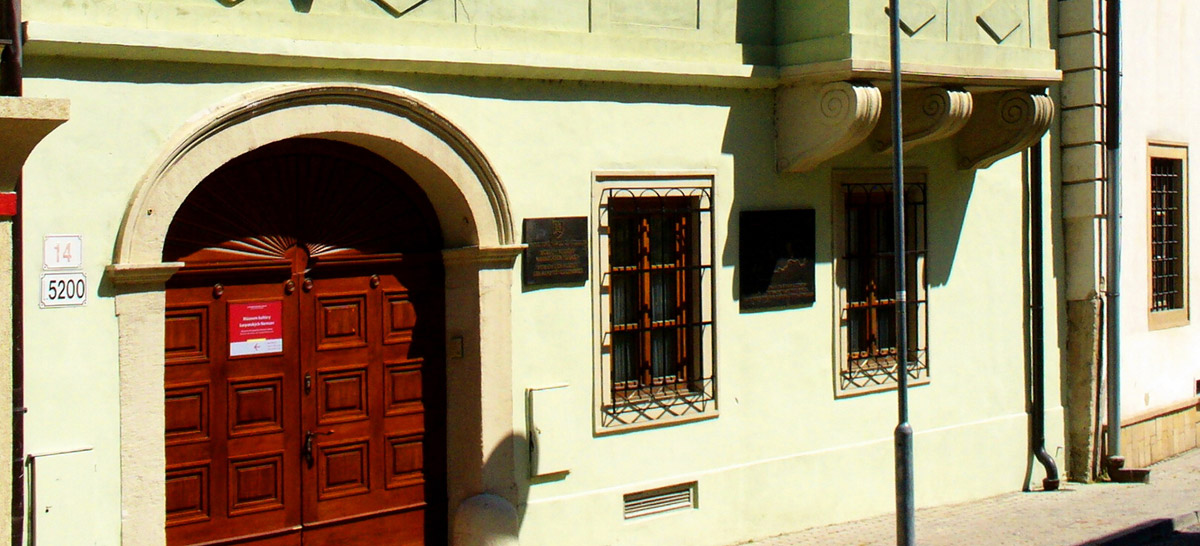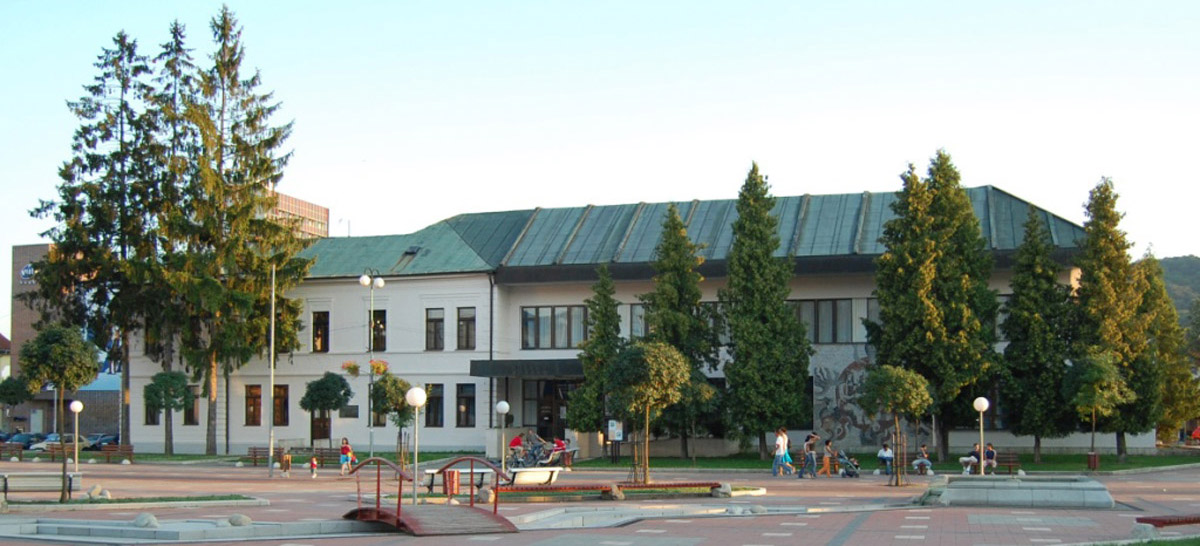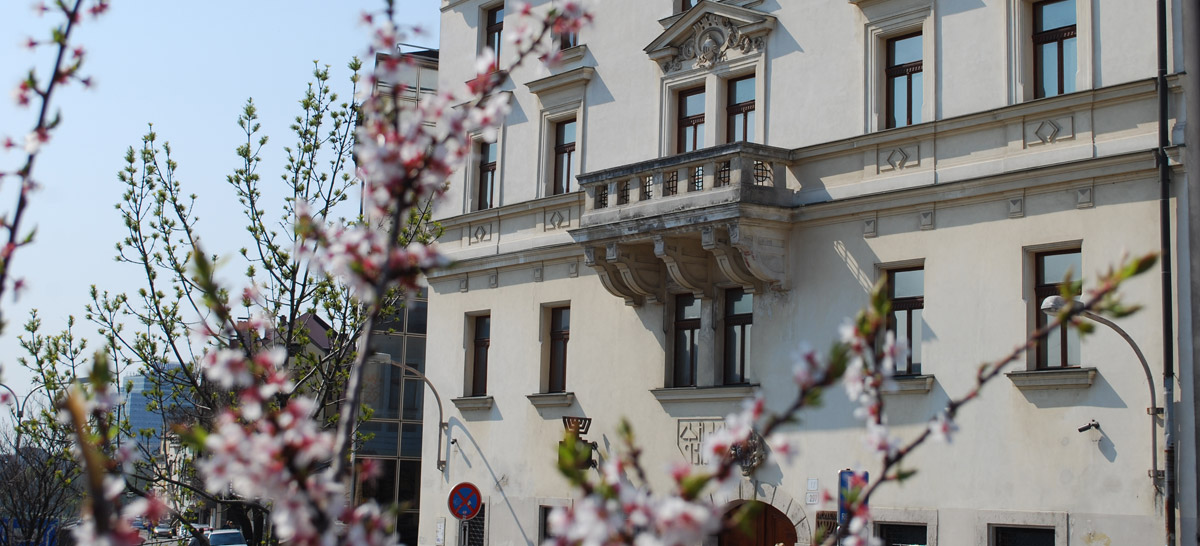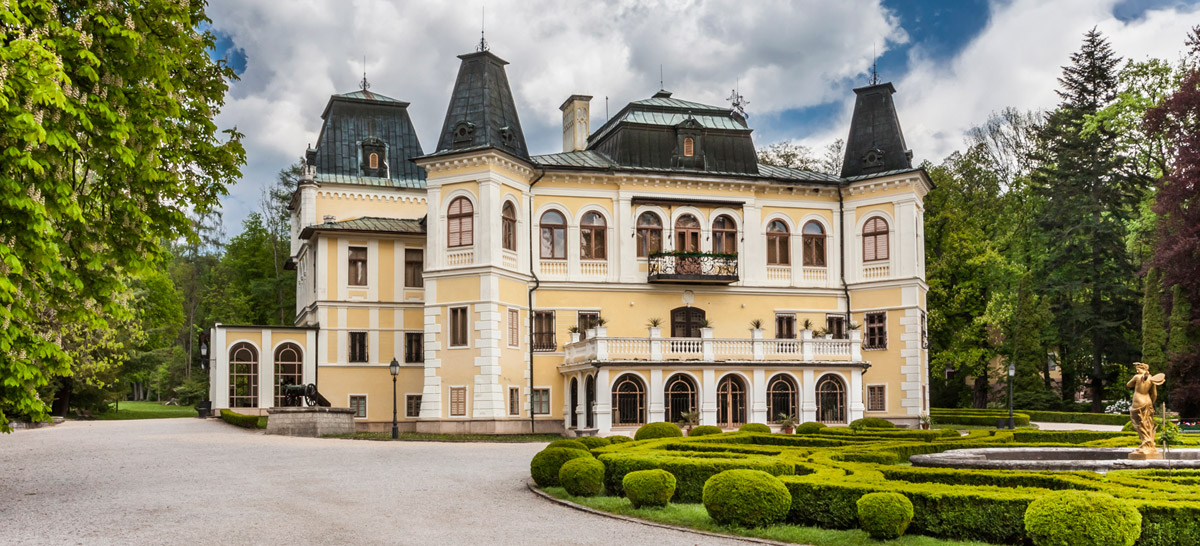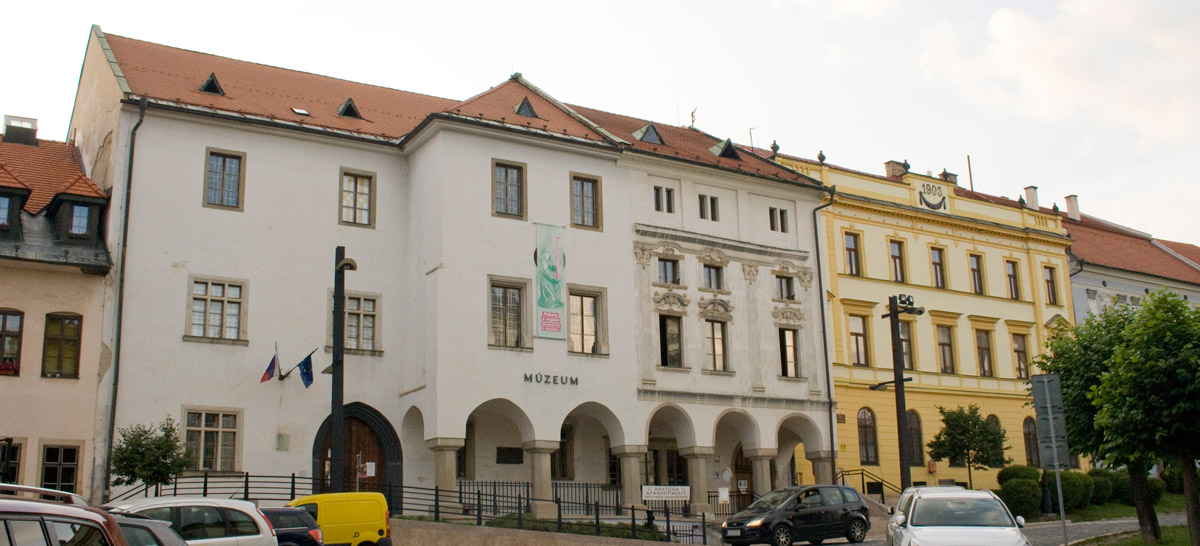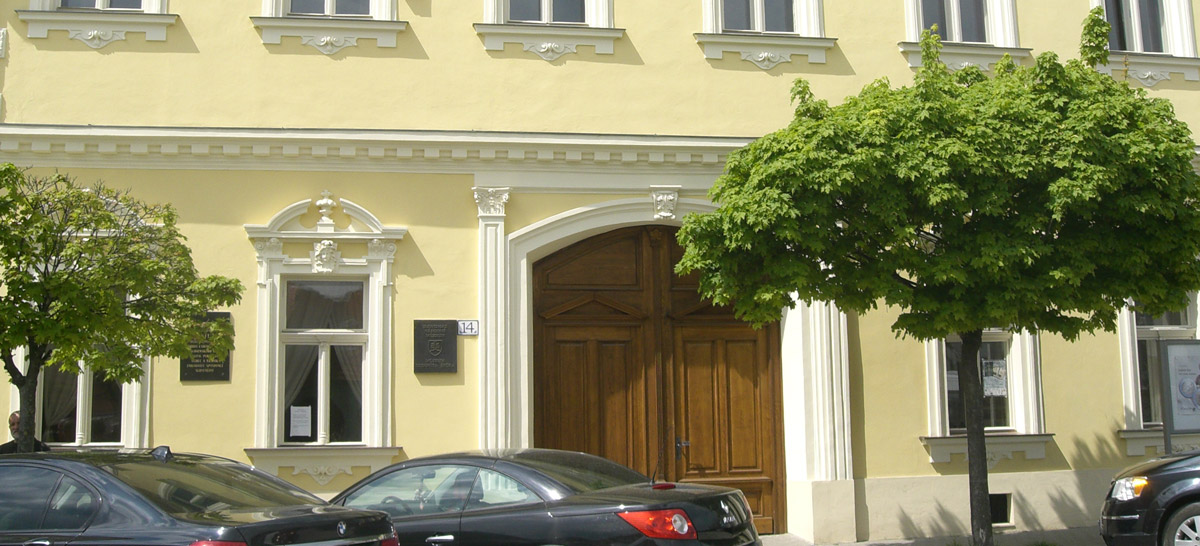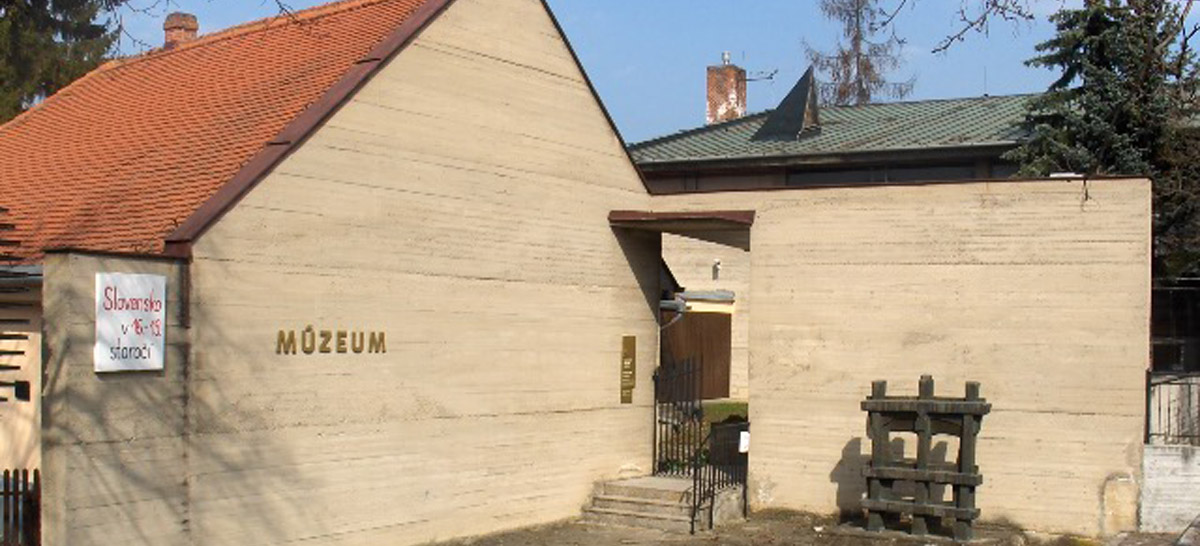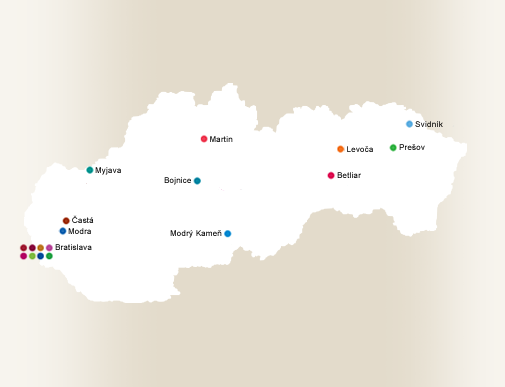The Miracle of Nature: The History of Life on Earth
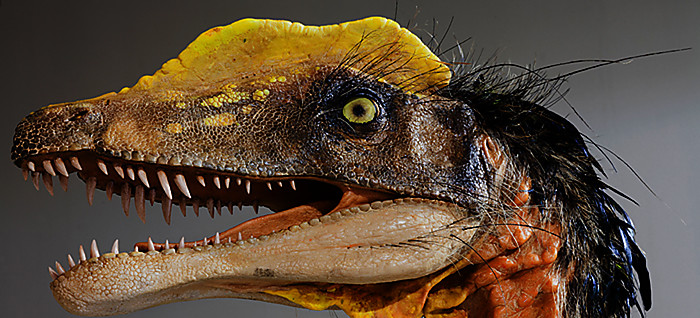
2nd floor
The paleontological exhibition The story of life on Earth presents the evolution and diversity of long extinct communities of organisms on Earth. The story of life begins with the first appearance of living organisms in the Precambrian, 3500 million years ago, it continues through the Paleozoic, Mesozoic, Tertiary and ends in Quaternary with the onset of nearly recent forms of flora and fauna. The exhibition presents significant evolutionary changes and major representatives of animals and plants of each geological period.
Information on the diversity of extinct worlds are mediated through texts, visual diagrams, charts, pictures, maps and especially the original fossilized remains of animals and plants. More than 700 samples of fossils from the smallest, almost invisible organisms to two-meter tusk of woolly mammoth are performed. Concept of life in the geological past is illustrated in three-dimensional image reconstructions of paleoenvironments (dioramas) and unique models of extinct organisms. For example, there is a model of dinosaur, which left traces in the High Tatras Mts. in rocks about 200 million years old, as well as of one meter long water scorpion which lived about 425 million years ago. Exhibition ends with a model of woolly mammoth, the best known animal of the so far the last ice age in the history of the Earth. Information is supplemented by interactive animated programs and documentary movies.

